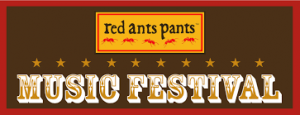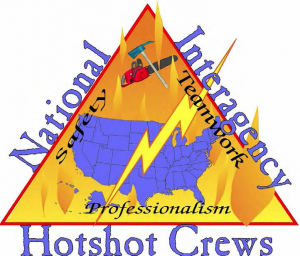Hi Shawna, Chris, et al!
See below for an interactive mind map of our brainstorming session and associated skills and experience I feel would be valuable to each topic/project area. You can start in the middle and then follow the numbered topics by clicking first on the center bubble and then clicking on each surrounding “primary skills” logo bubble for more information.
Though responsive, if you’re viewing on a mobile device you may need to resize the screen to view the pop-up boxes. Vertical orientation works best.
Thanks again for sitting down with me to discuss ways I can contribute to the region while getting that high level federal experience that will make it possible for me to better compete with internal candidates. I really do hope that AD work is a possibility, though I’m still willing to volunteer if it means getting the chance to demonstrate my skills.
Much of what you’ll see here is based on my perceptions of your needs -- without a whole of lot of information to go on. But I can certainly adapt once I’m able to get a clearer picture of how I can contribute and what challenges or opportunities need to be addressed.
You can navigate this mind map by clicking on the main (numbered) topic bubbles and then by clicking on each surrounding “primary skills” bubble (showing logos/icons that reflect my work experience). The secondary and tertiary skills bubbles are simple text showcasing a few core skills that I think might have value to each main topic area.
- Bethany
Click here to read a letter of recommendation by my core faculty (written for a recent grant application).
Click here to read my Master’s Thesis: The Smokey Generation: A Wildland Fire Oral History and Digital Storytelling Project.






I only have a limited view of agency processes these days, but I believe that there are unexplored opportunities to improve supervisor and employee engagement in workforce development, streamline personnel management processes, and increase visibility for succession planning by using new technology platforms. For example, by moving individual development plan and performance appraisal processes to a hosted platform (which could also interface with IQCS and, potentially, ROSS), you could streamline priority trainee list processes across the region (or nation) by using a simple algorithm, and drastically increase visibility on succession planning by analyzing the newly accessible data. By comparing IDP data with forecasted operational and organizational needs, we can reveal discrepancies in organizational plans and forecast operational qualifications bottlenecks. This would also create a checks and balances system for supervisory involvement in workforce development on a number of fronts.
My experience at Avue Technologies Corporation provided me with a unique way to look at federal human resources problems and opportunities and understand how automated systems could be implemented to address those problems or opportunities. For example:


I’ve owned my business for nearly a decade and that has given me a unique perspective on USFS FAM hiring practices. I used to say that FAM didn’t have a hiring problem, it had a recruitment problem (when speaking about diversity, workforce development, employee advancement, and retention). I wholeheartedly believe that a truly effective and strategic recruiting initiative would solve diversity issues at the temporary level within three years and the permanent level within 10 years.
However, in the last couple of years, I’ve witnessed a substantial breakdown of the Fire Hire process from an applicant and manager standpoint (and superfluous workload demands from an HR standpoint). Case in point: clients routinely send me “confidential” Fire Hire evaluation criteria when they send me their supporting documents, indicating a systemic problem with both SMEs and applicants. Additionally, nearly 80% of new clients come to me with content that I’ve written for somebody else in their resume. These are just two pieces of evidence that illustrate the current system is ineffective and/or damaged.
I have a full understanding of the HR process through my work with AVUE, including the federal HR rules and regulations. I have a comprehensive understanding of the issues that stem from the applicant side, through my business. And, I have a good understanding of the problems from a manager’s perspective (due to my clients). I would happily give up my business (and possibly my right foot) to be able to lead the development of solutions to fix the existing recruiting, hiring, and retention problems. I’ve got ideas and the tenacity to see it through, if given the opportunity.
We spoke briefly about the possibility of helping with the G.R.O.W. coordination. I understand that the workshop was well attended with approximately 300 employees, and generally well received as an avenue to learn and exchange ideas. What I don’t know is if action has been taken continue to exchange of information following the workshop and if any action has been taken as a result of the ideas that were exchanged during the workshop.
In addition to the experience and skills identified in the associated primary skills bubbles, I can tell you that I would also be able to develop an online platform to summarize and continue the conversations following this next year’s workshop. I would focus, also, on gathering assets that would allow people who weren’t able to attend, to gain knowledge and information from the workshop – namely video, audio, interviews, and written documents that could be developed into multi-media products and materials that would further the exchange of information beyond the workshop.



